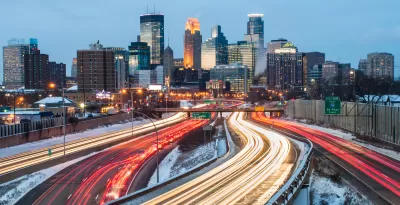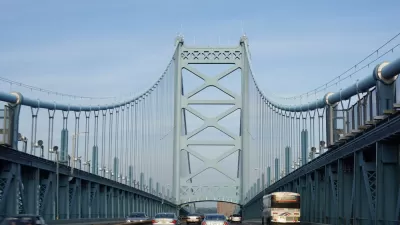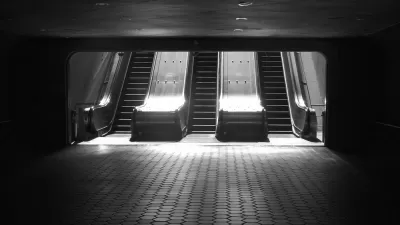An Star Tribune analysis finds residents in the Twin Cities region are generously supporting the transportation infrastructure spending of the rest of the state.

"Greater Minnesota gets far more money for roads and bridges than its residents pay in taxes for those projects, a new Star Tribune analysis of transportation funding has found," report J. Patrick Coolican and Mary Jo Webster. Throughout the article, the "Metro" is used to describe counties in the Twin Cities metropolitan area, while "Greater Minnesota" is used to describe the rest of the state.
"The review found that metro and greater Minnesota taxpayers each provide about half the money for Minnesota’s roads and bridges, but greater Minnesota gets twice as much back in projects," add Coolican and Webster. To be exact, Metro area counties generate 52 percent of the state's vehicles sales tax, vehicle registration fees, and fuel taxes revenues. However, the same counties only receive 32 percent of the state's transportation investment.
According to the article, the findings of the analysis "contradicts a commonly held perception in greater Minnesota — and one heard often in political campaigns — that the metro is taking more than it gives." That common misconception is not unique to Minnesota, of course.
The analysis emerges as Republican Senate leaders "are planning to review their 10-year transportation funding plan," and while debate regarding the Southwest light rail project continues at the state and regional levels.
FULL STORY: Metro contributes roughly half of state transportation dollars, gets fewer in return

Alabama: Trump Terminates Settlements for Black Communities Harmed By Raw Sewage
Trump deemed the landmark civil rights agreement “illegal DEI and environmental justice policy.”

Study: Maui’s Plan to Convert Vacation Rentals to Long-Term Housing Could Cause Nearly $1 Billion Economic Loss
The plan would reduce visitor accommodation by 25% resulting in 1,900 jobs lost.

Planetizen Federal Action Tracker
A weekly monitor of how Trump’s orders and actions are impacting planners and planning in America.

Wind Energy on the Rise Despite Federal Policy Reversal
The Trump administration is revoking federal support for renewable energy, but demand for new projects continues unabated.

Passengers Flock to Caltrain After Electrification
The new electric trains are running faster and more reliably, leading to strong ridership growth on the Bay Area rail system.

Texas Churches Rally Behind ‘Yes in God’s Back Yard’ Legislation
Religious leaders want the state to reduce zoning regulations to streamline leasing church-owned land to housing developers.
Urban Design for Planners 1: Software Tools
This six-course series explores essential urban design concepts using open source software and equips planners with the tools they need to participate fully in the urban design process.
Planning for Universal Design
Learn the tools for implementing Universal Design in planning regulations.
Caltrans
Smith Gee Studio
Institute for Housing and Urban Development Studies (IHS)
City of Grandview
Harvard GSD Executive Education
Toledo-Lucas County Plan Commissions
Salt Lake City
NYU Wagner Graduate School of Public Service





























